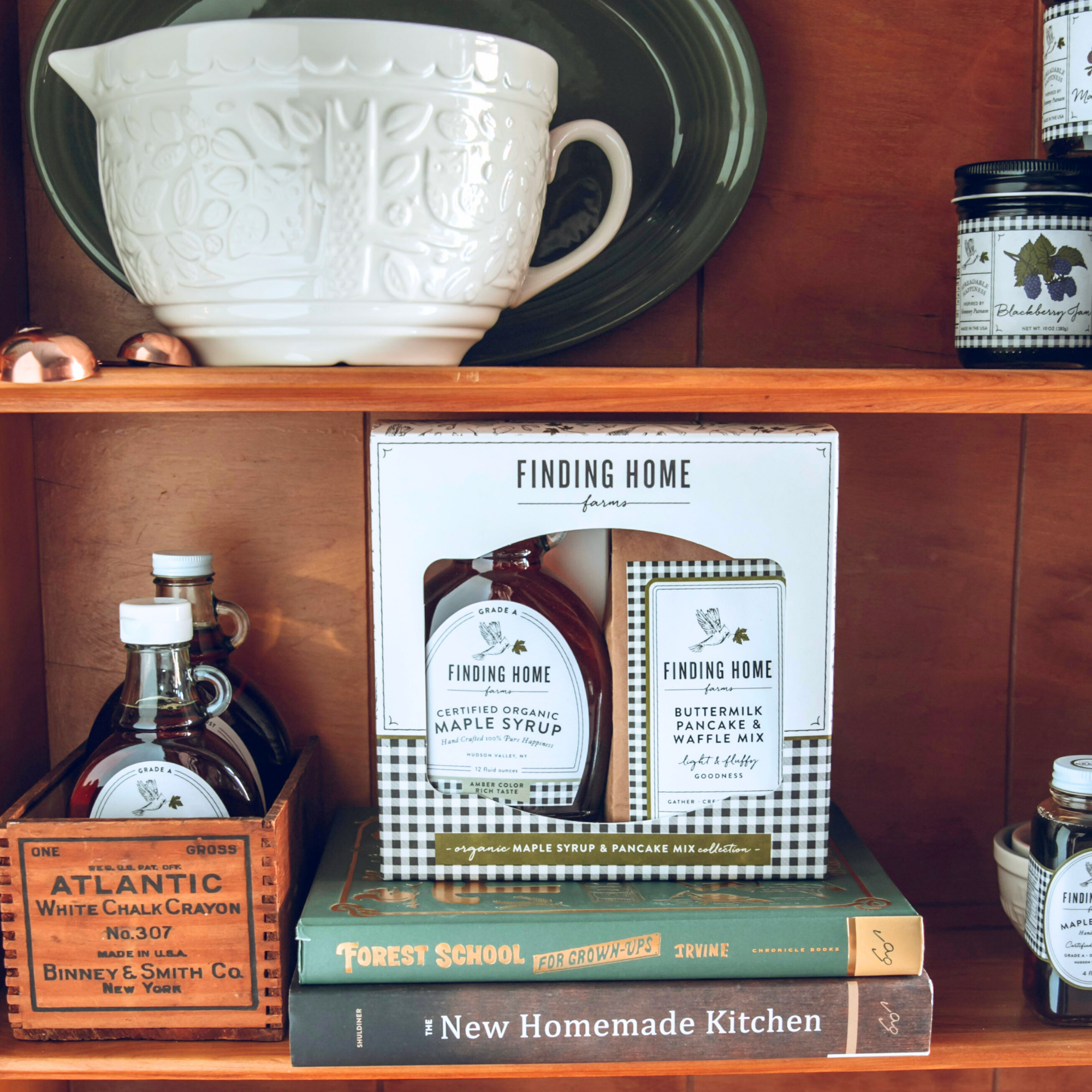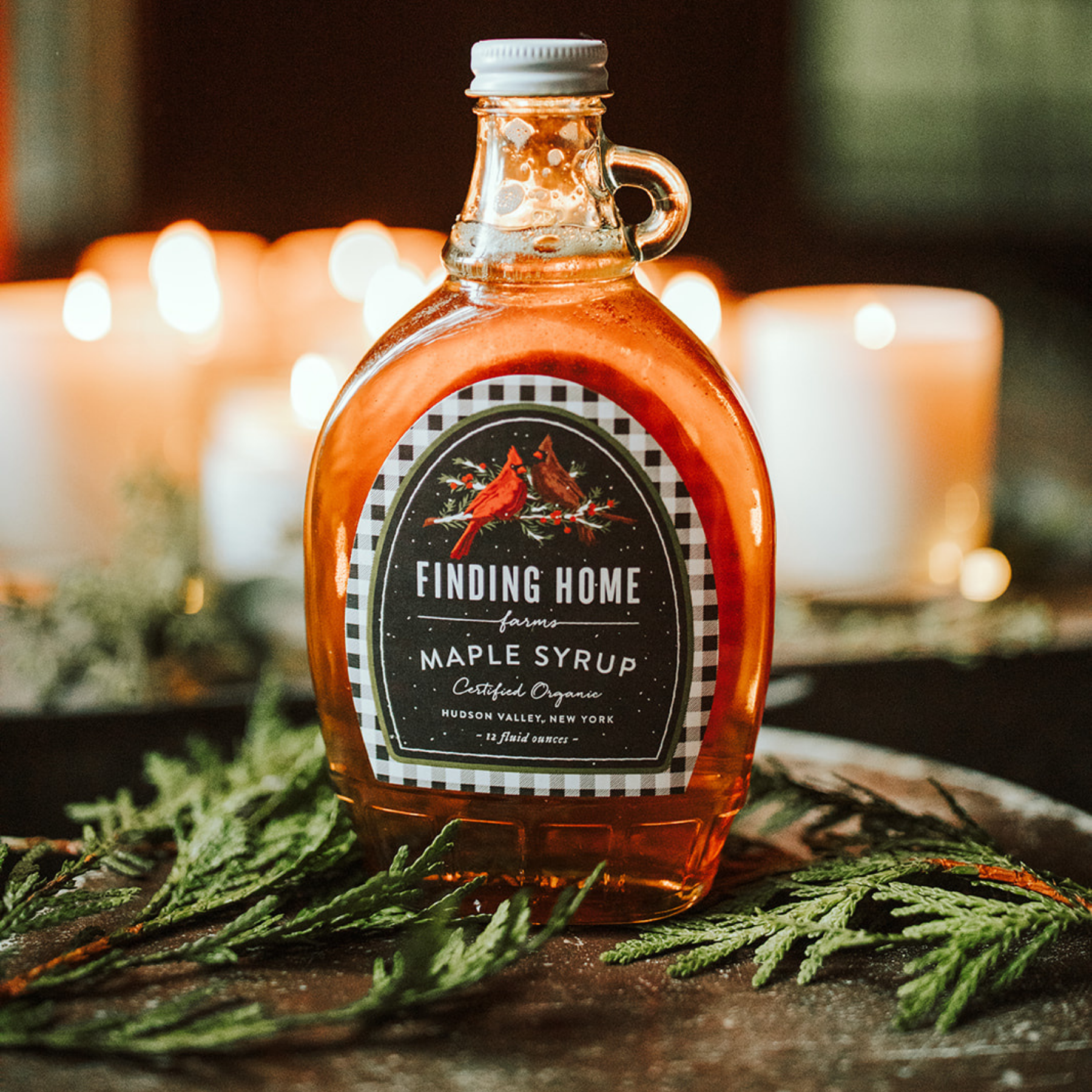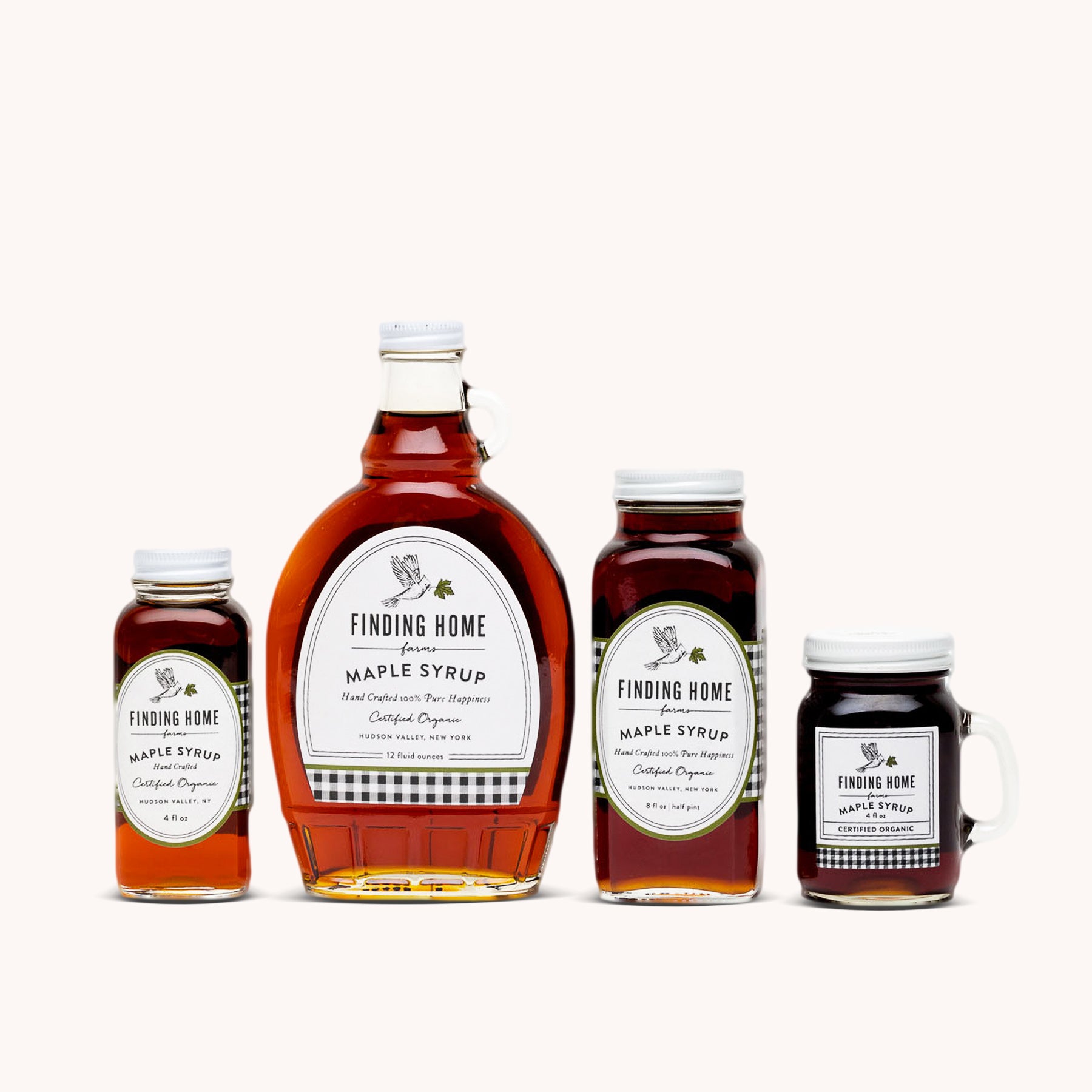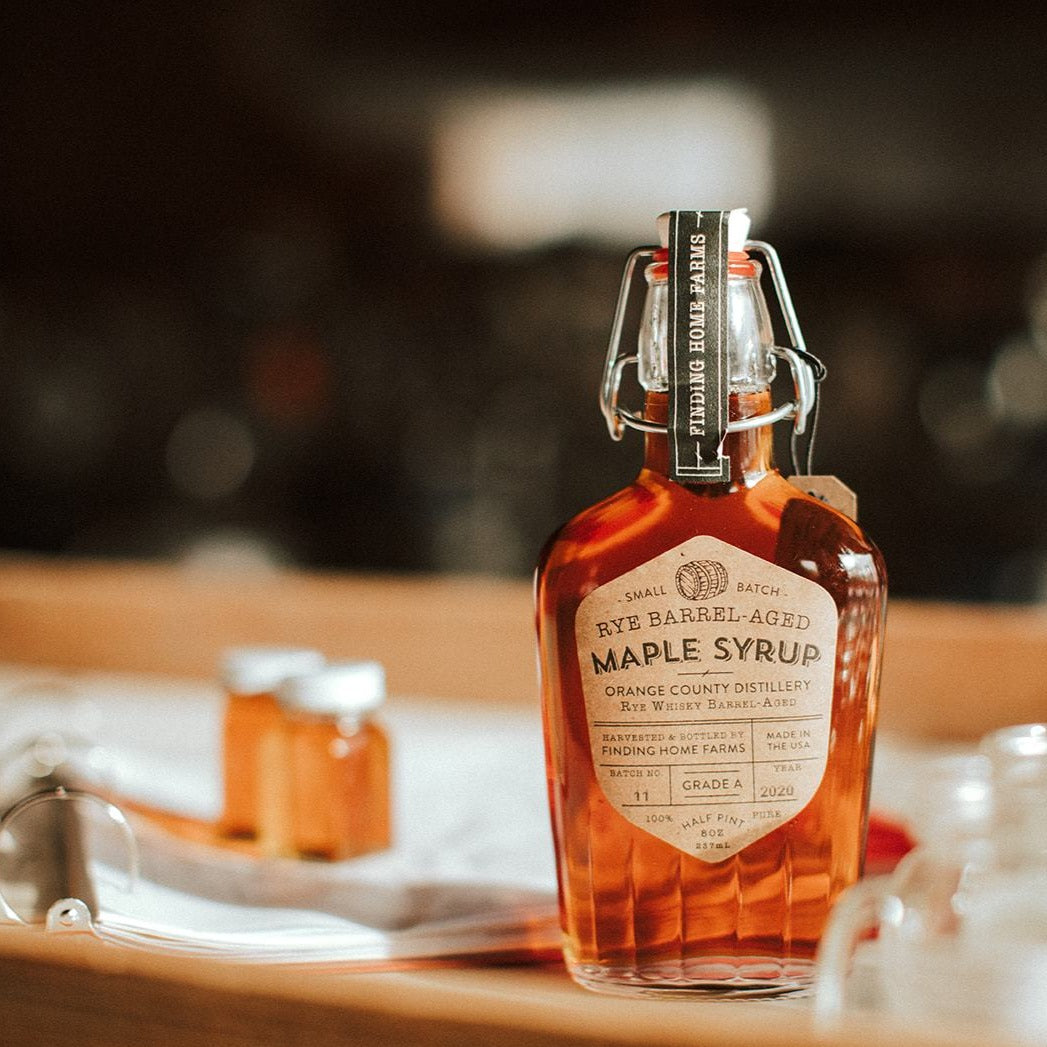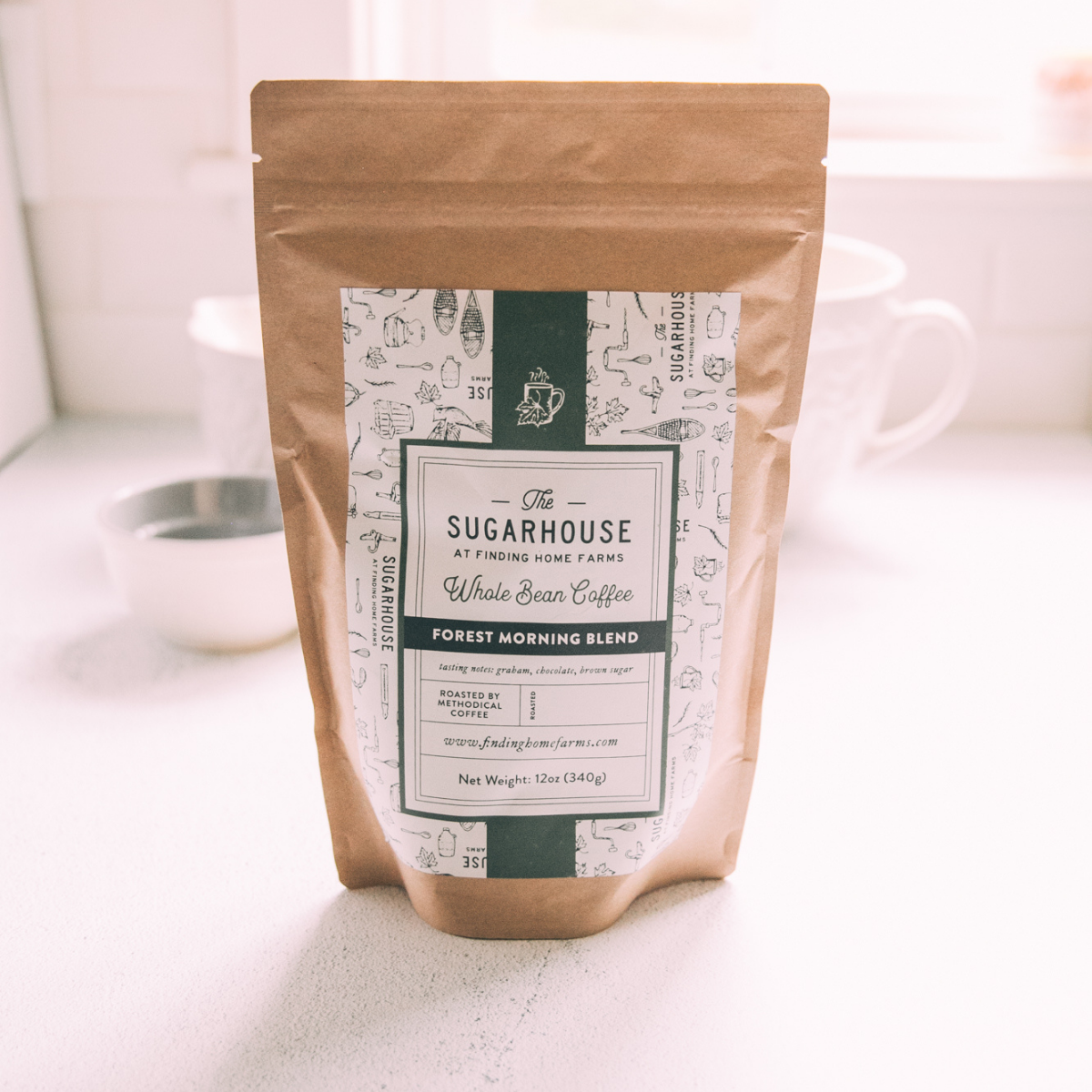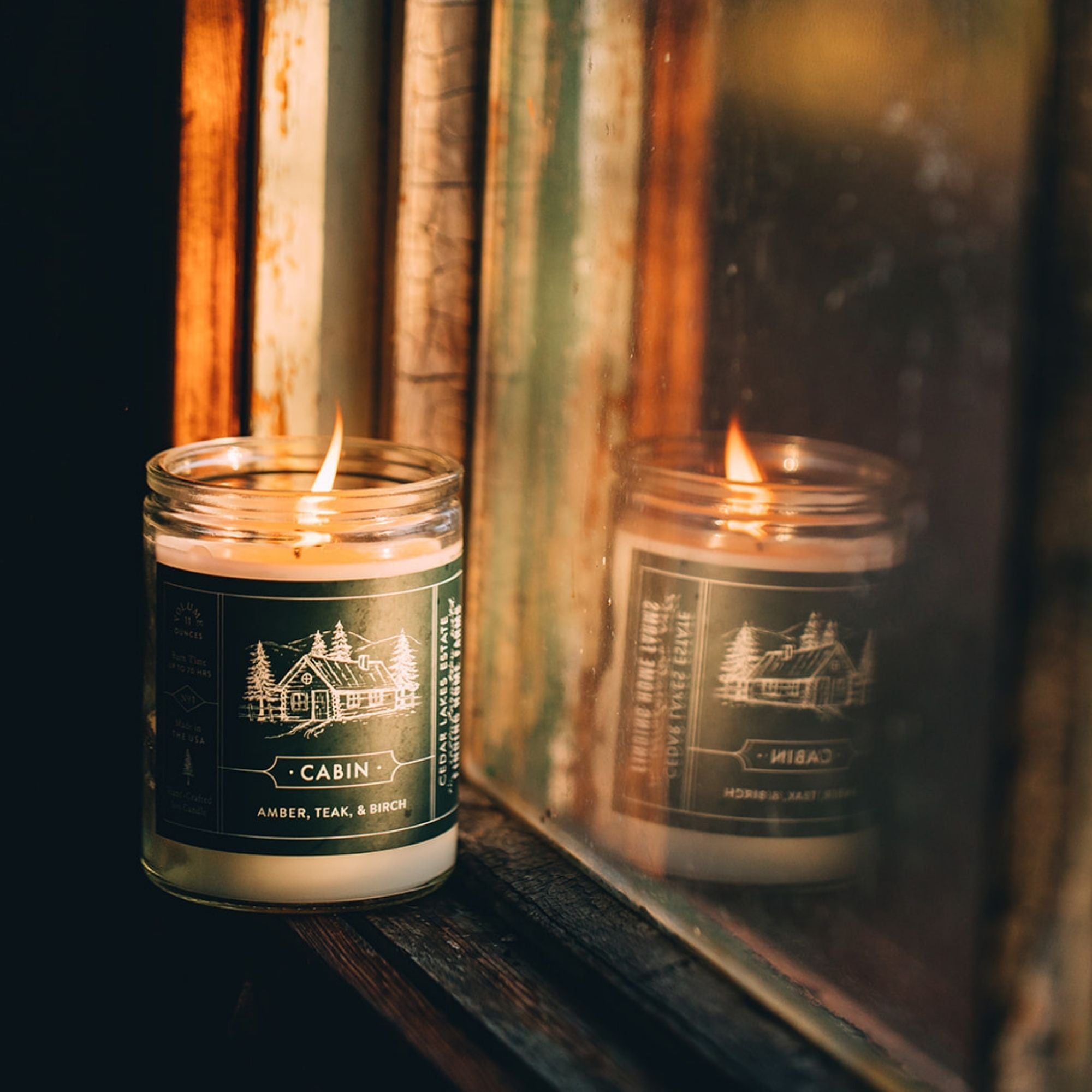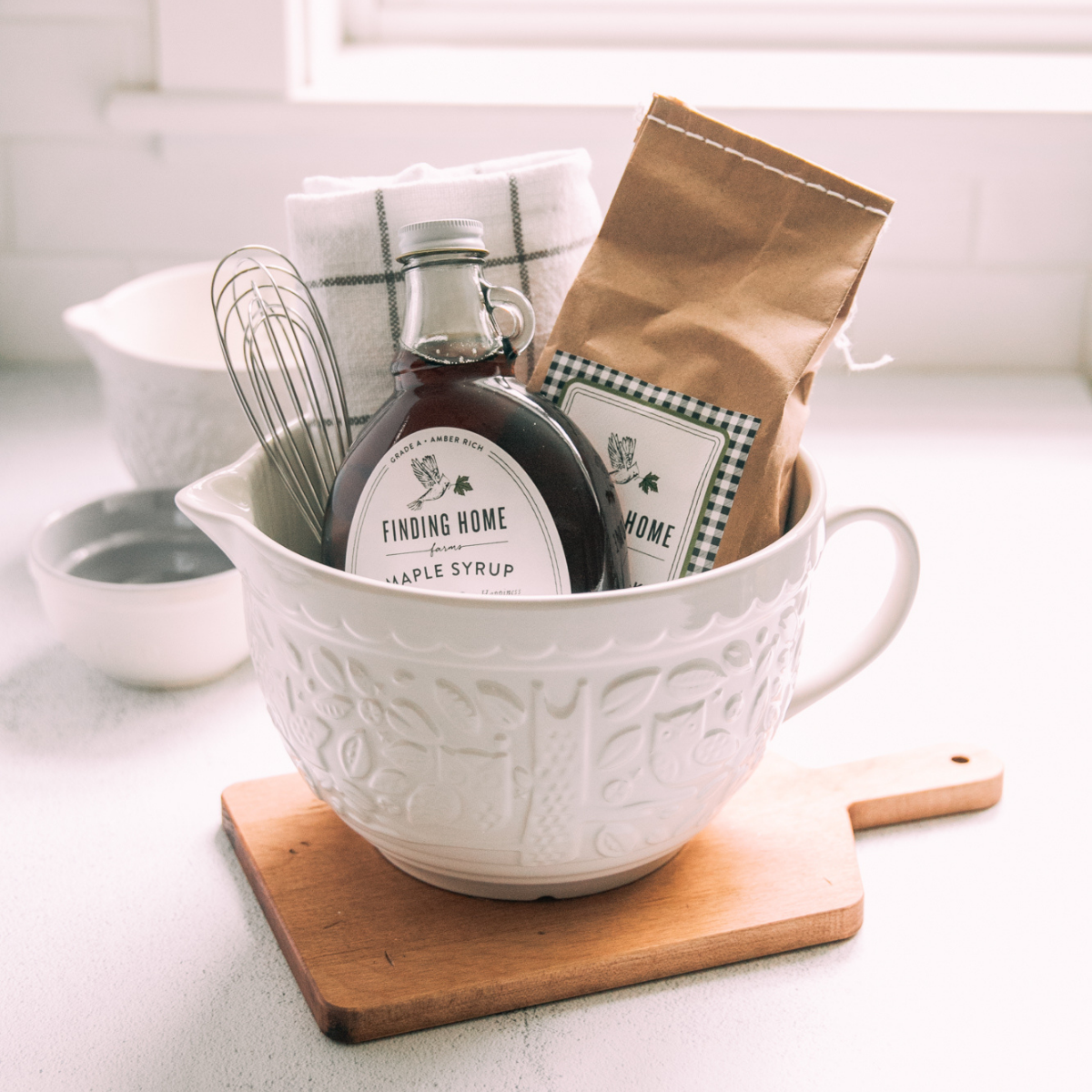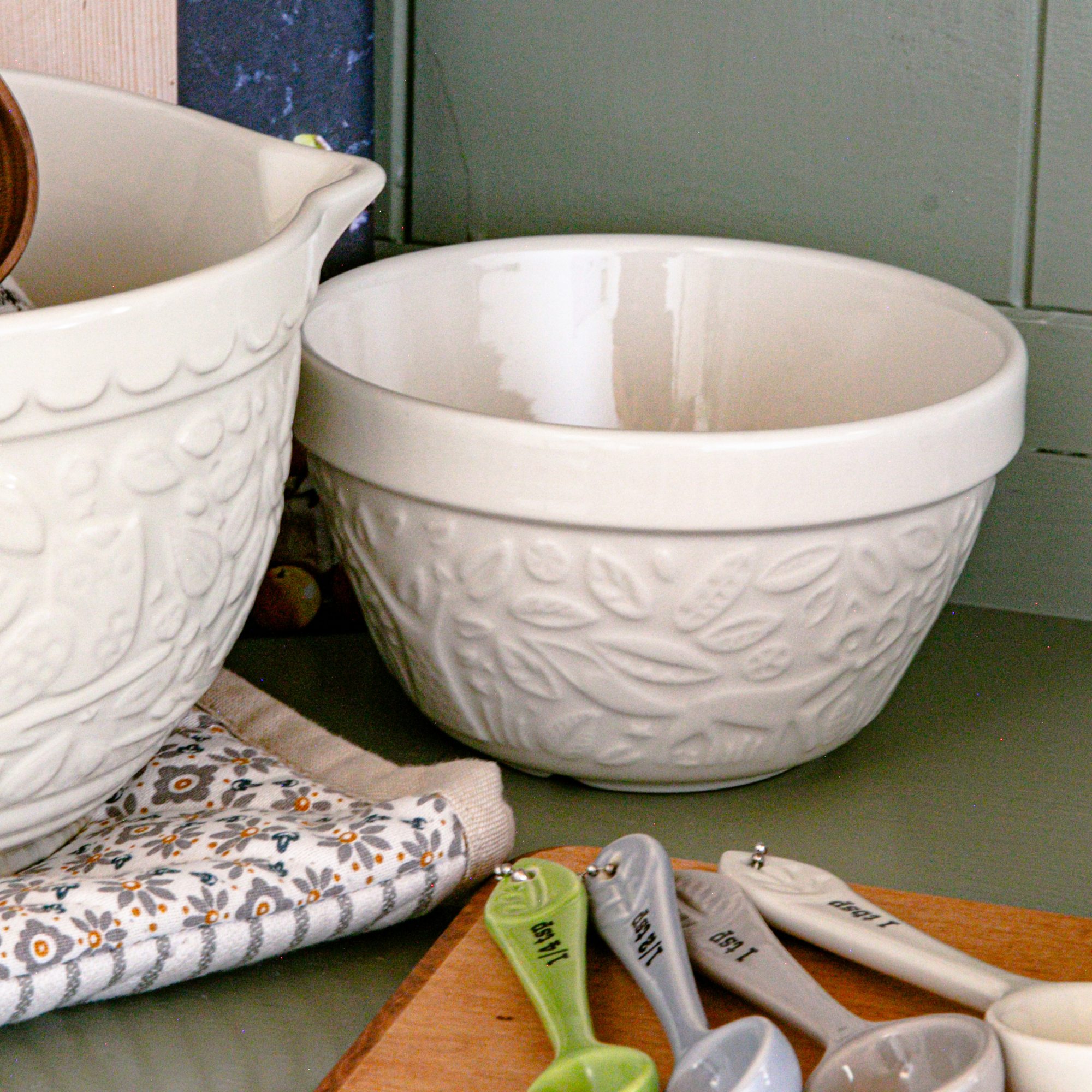Is Maple Syrup Good For You: The Health Benefits of Maple Syrup
Pure maple syrup is natural and unrefined. Maple syrup production involves tapping the sap from Sugar Maple trees. The sap then enters an evaporator where much of the moisture content of the sap evaporates, leaving the sweet, concentrated maple syrup behind.
Maple syrup is assigned different grades based on its color and flavor intensity. You can use this natural sweetener in a variety of dishes, both savory and sweet, and it works well as a substitute for white sugar, brown sugar, or even honey.
Like refined sugar, maple syrup is considered an ''added sugar'' as it does not naturally occur in the food you eat – although pure maple syrup is a natural product. Added sugars could contribute to diseases like obesity and diabetes when consumed in large quantities. While maple syrup is a healthier alternative, you want to avoid eating it in excess.
Pure maple syrup is different from other added sugars because it has a relatively high nutritional value. Instead of consuming empty calories when using it to sweeten your dishes, pure maple syrup could help you to reach the recommended daily intake of some vitamins and minerals.
In 2011, a group of researchers from Quebec found 54 beneficial compounds in maple syrup. Many of the substances identified in the maple syrup hold both antioxidant and anti-inflammatory properties.
Not All Pancake Syrups Are Created Equal
Unless it says something like ''100% pure maple syrup'' on the label, or the ingredients list contains the words' maple syrup,'' your pancake syrup is not made from pure maple syrup. Some pancake syrups might use words like ''maple-flavored'' or ''naturally flavored'' that could lead you to think that it contains either maple syrup or maple syrup extract.
Pure maple syrup is a complex combination of flavors that include vanilla, butterscotch, and caramel. The darker the syrup, the more intense the flavor and sweetness. On the other hand, pancake syrup is just… sweet. It might have some hints of other flavors derived from the added flavors, but the most dominant taste is sugary sweetness.
The truth is that even if your pancake syrup is naturally flavored, the flavors could be derived from other natural products like fenugreek – which closely imitates the flavors of real maple syrup. These syrups are often made from high-fructose corn syrup or corn syrup to which flavorings and colorants are added to make it look like pure maple syrup. In smaller quantities, high-fructose corn syrup and corn syrup is not necessarily bad for you, but it is higher in both calories and carbohydrates than pure maple syrup.
Besides pancake syrups that often come disguised as maple syrup, you could also get adulterated maple syrup. Adulteration is when something is added to a pure product to increase the amount produced. These additives are often cheaper and possibly of lower quality but do not necessarily affect the product's taste. You can identify adulterated products by a quick scan of the ingredients list. Pure maple syrup has one ingredient listed as either ''maple syrup'' or ''maple sap.''
Nutritional Value of Maple Syrup
Besides adding that oh-so-sweet taste to your food, maple syrup also has numerous nutrients that contribute to a healthy body. These nutrients contribute to your recommended daily intake and are needed for your body to function at its best.
80 grams of maple syrup contains roughly:
- 0.59 mg riboflavin.
- 0.01 mg thiamin.
- 1.89 mg manganese.
- 0.58 mg zinc.
- 16.5 mg magnesium.
- 58.0 mg calcium.
- 0.09 mg iron.
- 167 potassium.
- 216 calories.
While some of these numbers might seem low, keep in mind that your body only requires small amounts of many of these nutrients. A 4-tablespoons serving of maple syrup can help you get closer to the recommended daily intake for these vitamins and minerals. This serving size contains around:
- 100% of the recommended daily intake of manganese.
- 37% of the recommended daily intake of Riboflavin (vitamin B2).
- 18% of the recommended daily intake of zinc.
- 7% of the recommended daily intake of magnesium.
- 5% of the recommended daily intake of calcium.
- 5% of the recommended daily intake of potassium.
Health Benefits of Maple Syrup
You might find the same health benefits in maple syrup as those found in berries, tea, and flaxseed. It contains numerous beneficial compounds, many of which are antioxidants. While more and more health benefits of maple syrup are still being researched and discovered, here are a few reasons to incorporate this natural sweetener into your diet.
Maple syrup is high in zinc.
The zinc in maple syrup is vital for your cells to keep their normal structure and function correctly. It helps cellular growth and regeneration. Because it supports cell growth and function, zinc is vital to help wounds heal and reduce the inflammation caused by those healing wounds.
Besides assisting with cellular growth, it also supports your immune system and metabolism and plays a role in your taste and smell senses.
Zinc is an antioxidant and could protect your artery walls from damage caused by free radicals. It also keeps your arteries from hardening or collapsing, and since it plays a role in the creation of collagen – the substance that allows your arteries to maintain their structures. More than that, zinc protects against coronary artery disease and cardiomyopathy.
Maple syrup provides you all the manganese you require.
The manganese in maple syrup increases the good cholesterol levels in your blood. It also assists with the breakdown of glucose, carbohydrates, and cholesterol.
Manganese is also a potent antioxidant and plays a large part in the mitochondria – the parts of your cells that create the energy for your cells to function correctly.
Combined with glucosamine and chondroitin, manganese can reduce pain caused by osteoarthritis. More generally, manganese can help reduce inflammation and wound healing (the latter due to its role in the production of collagen).
Phenolic compounds and cancer.
Phenolic compounds are the parts of plants that give them their color (often red) and flavor. These guys are part of the reason why fruit and vegetables are considered healthy.
The phenolics found in maple syrup are antioxidants. These were found to be effective on two specific enzymes related to the management of Type 2 diabetes.
There is some evidence that the phenolic compounds present in pure maple syrup could stop the growth of some cancer cells. The research was conducted on isolated colon cancer cells, and more studies are needed to confirm and verify these results. What this could mean is that pure maple syrup has health benefits that we have not discovered yet.
Phenolic compounds that naturally occur in maple sap are even more concentrated in maple syrup. It would seem that they also become more concentrated during the evaporation process.
A special word on Quebecol.
Quebecol was discovered in 2012 and named in honor of the province of Quebec in Canada – where more than 70% of the world's maple syrup is produced.
The compound is a polyphenolic compound that has anti-inflammatory properties. It also slows down the production of cytokines (small proteins) that could cause inflammation. This special maple syrup phytochemical does not naturally occur in maple sap. It is believed to be produced when the maple sap is boiled or heated and turned into maple syrup.
Good old vitamin B2.
Vitamin B2, also called Riboflavin, helps your body break down carbohydrates, fats, and proteins that give you energy. It also plays a role in how your tissues absorb oxygen. Riboflavin plays an essential role in developing healthy nails, hair, and skin.
Vitamin B2 can be lost when fruit or vegetables are boiled, a great way to preserve this vitamin is to grill your fruit or vegetables instead, then add some maple syrup for some sweetness and an extra boost in Riboflavin.
A little bit more about the beneficial antioxidants.
Maple syrup contains numerous antioxidants in addition to the ones mentioned in this article. In some cases, pure maple syrup can have higher antioxidant levels than other popular foods – like apples and broccoli.
Some of the antioxidants in maple syrup can reduce the damage caused by free radicals, leading to inflammation and chronic diseases. The antioxidants in maple syrup can also protect your cells from DNA damage and mutation.
Darker syrups produced from maple sap contain more of these antioxidants than the lighter grades.
Blood sugar levels.
The Glycemic Index rates food based on how they affect your blood glucose levels. Maple syrup has a Glycemic Index rating of 54, while sugar has a rating of 58, and some kinds of honey can be as high as 87. When you eat foods with a higher Glycemic Index rating, your pancreas needs to release more insulin to help your cells absorb and use the more significant amounts of glucose in your blood. In contrast, foods that rate lower on the Glycemic Index do not create such large spikes in your blood sugar levels – requiring less insulin production. The manganese in maple syrup further assists with regulating blood sugar.
In addition to having a lower Glycemic Index rating, maple syrup also contains antioxidant polyphenols and a plant hormone called abscisic acid. These two compounds work together to regulate your body's sensitivity to insulin, which controls your blood sugar level and the absorption of your blood sugar in your cells.
Ways to Use Pure Maple Products
Maple syrup, or better yet, maple sugar is an excellent replacement for table sugar – try it in your coffee! – and does not bring all the adverse side effects that artificial sweeteners sometimes have.
Maple water is an even healthier alternative to coconut water. This water is really just the sap that is tapped from Sugar Maple trees before it goes through the evaporation process. It has similar nutritional benefits to that found in maple syrup – with lower sugar content and fewer calories.
Pure maple syrup has fewer calories than other sweeteners like refined sugar, white sugar, and even raw honey. It can be used as substitutes for other sweeteners in baking and cooking and makes for a delicious twist when added to beverages. It works well in mixed drinks like mojitos and martinis and works a special kind of magic when paired with bourbon.
Maple syrup candy or taffy is a great way to indulge in some sweetness while getting the health benefits that this nutrient-rich product holds. Maple butter or cream is a wonderful alternative to spreads and goes excellent with scones and on toast for a quick breakfast.
Maple syrup has a long shelf life, and sealed containers can be stored in a cupboard or pantry for up to a year (and sometimes even longer). Direct intense light can destroy vitamin B2, so make sure you store it out of direct light. Open containers should be kept in the fridge.
You can also freeze pure maple syrup – decant it into ice cube trays to have smaller quantities available. When you are ready to use your maple syrup, heat it in the microwave or warm over low heat.
Any sugar in large quantities could be unhealthy. It could lead to various diseases like diabetes, obesity, heart disease, and chronic inflammation. By substituting your regular, refined sugar intake with pure maple syrup, you consume more beneficial nutrients while enjoying your favorite sweet snack. Maple syrup cannot be classified as a superfood, but the value it adds to your diet is substantial. But then, let's be honest: do you really need an excuse to indulge in this rich and flavorful, sugary sweet syrup?

